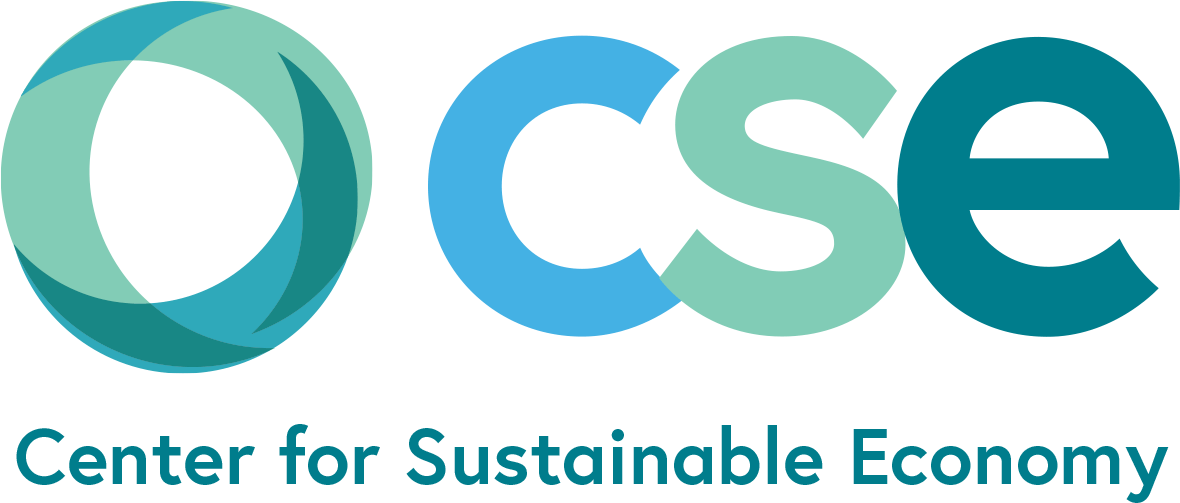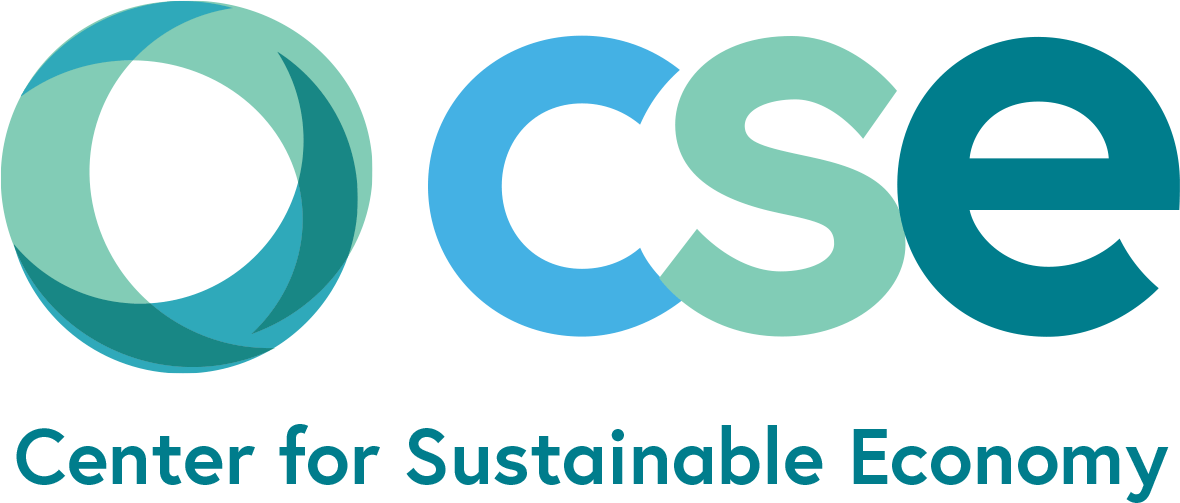GPI 2.0: States and Cities Can Lead the Way Beyond GDP
John Talberth and Michael Weisdorf • July 5, 2017

In a new study authored by Dr. John Talberth and Michael Weisdorf of Portland State University, CSE has demonstrated a new methodology for the Genuine Progress Indicator (GPI) that promises to accelerate its adoption by states and cities as a way to measure and promote economic wellbeing that takes into account income inequality, environmental degradation, and the benefits of public investments in human, social, built and natural capital. For over three decades, the GPI has been one of the most ubiquitously used alternatives to GDP, but persistent issues with its theoretical foundations, methods, and sources of data have kept its use in check.
At the 2017 US Society for Ecological Economics annual conference in St. Paul MN, Dr. Talberth and Mr. Weisdorf presented their new paper entitled GPI 2.0: Pilot Accounts for the United States, Maryland, and Baltimore. The paper was published in the journal Ecological Economics just prior to the conference. While many of the GPI 2.0 upgrades are difficult to understand without formal training in welfare economics, the end result is a new method that greatly enhances its usefulness to states and cities committed to sustainable development and growing their economies in ways that matter most to the wellbeing of their citizens.
Minnesota could very well be the next state to enroll the GPI towards this end. During the 2017 Legislative Assembly, Senator John Marty (DFL) and Representative Jennifer Schultz (DFL) teamed up to introduce legislation establishing the GPI as a metric maintained by University of Minnesota’s Bureau of Business and Economic Research (BBER). The bill would finance BBER’s calculation of the GPI and also require that the Minnesota Department of Management and Budget include the GPI along side other measures of state economic growth and wellbeing in its annual forecasts.
Momentum is growing to pass a revised version of this bill next year and have Minnesota join the ranks of Maryland, Vermont, Washington and Hawai’i as states exploring the GPI’s use as a litmus test for economic policy and performance. One of the GPI’s advantages over GDP is that it provides a way to accurately report the true benefits and costs of public investments in health care, education and the environment and other policies to advance the goals of sustainable development. GDP cannot do this because it is simply a gross measure of economic activity that says nothing about how that activity translates into household wellbeing. To operationalize this use of the GPI, a “GPI impact note” can be used in place of more conventional fiscal and economic impact notes prepared for proposed legislation. In 2014, CSE demonstrated the usefulness of the GPI note concept by applying it the proposal to lift Maryland’s minimum wages. The analysis documented that raising Maryland’s minimum wage to over $10/hour would generate net benefits in the range of $1.7 billion per year, chiefly as a result of increased spending by low to middle income households and reduced costs of inequality.
State and cities that adopt the GPI as a key economic metric will discover that it is a powerful tool for depoliticizing economic policy interventions and shifting the debate over such policies onto rational grounds in terms of metrics that matter rather than partisan rhetoric that serves no purpose other than to generate attention grabbing headlines. Now that a GPI 2.0 methodology is in place, CSE is eager to help Minnesota and other states move forward with this agenda.
Read:


